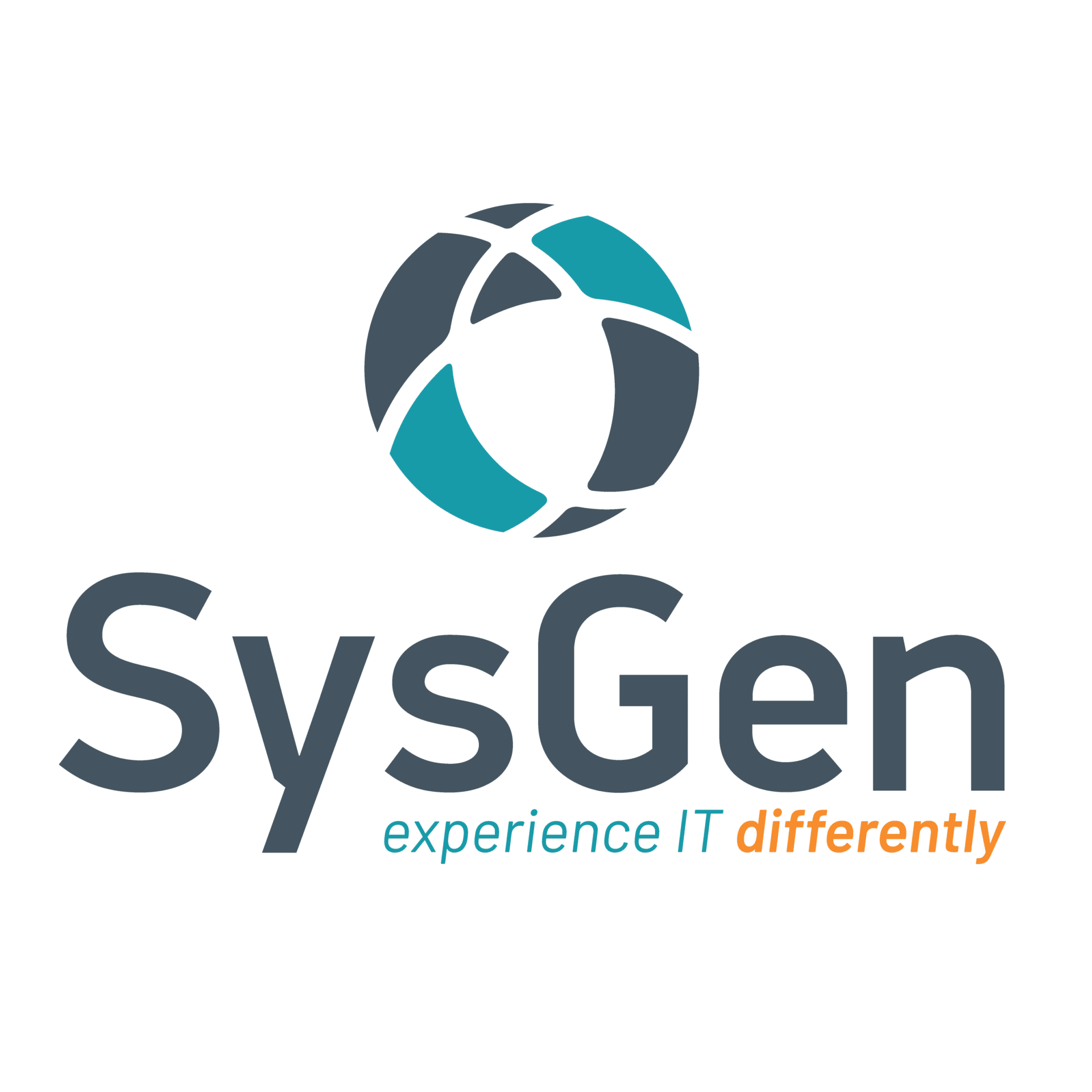Today’s cybersecurity landscape continues to become increasingly complex, making it difficult for most businesses to navigate. In turn, this has pushed businesses to adopt more sophisticated technologies to stay ahead of emerging threats. One of the biggest innovations is the integration of Artificial Intelligence (AI) in cybersecurity penetration testing. AI-powered penetration testing tools are revolutionizing how businesses identify vulnerabilities in their computer systems, providing enhanced capabilities in terms of speed, precision, and scalability. However, as AI continues to shape the cybersecurity landscape, it brings forth new governance challenges.
AI governance, when effectively implemented, ensures that AI technologies are used ethically, transparently, and in ways that enhance security while safeguarding privacy. In this article, we will explore the intersection of AI governance and penetration testing, examining how a well-structured governance framework can improve cybersecurity measures while addressing challenges like data privacy and the balancing act between innovation and regulation.
Table of Contents
Understanding AI Governance and Its Role in Cybersecurity
AI governance refers to the set of guidelines, principles, and frameworks that govern how AI systems are developed, deployed, and monitored. In the cybersecurity sphere, AI governance ensures that the use of AI tools is consistent with ethical standards, regulatory requirements, and best practices. As AI systems become more autonomous, it is essential to establish a robust governance structure that mitigates potential risks, ensures accountability, and promotes transparency.
For AI to be effective in cybersecurity—particularly in the realm of penetration testing— businesses must focus on creating AI models that are easy to explain, fair, and reliable. Furthermore, governance frameworks must ensure that AI systems are tested rigorously, monitored continuously, and used in ways that do not compromise the privacy and security of sensitive data.
The Growing Role of AI in Penetration Testing
Penetration testing (often called “pen testing”) is a key cybersecurity practice where ethical hackers simulate cyberattacks to identify weaknesses in a computer system. Traditional pen testing is resource-intensive, often relying heavily on human expertise and time. With the increased usage of AI, penetration testing can now be automated, speeding up the process and reducing costs while improving accuracy.
How AI Pen Testing Works
AI-driven pen testing tools use machine learning and pattern recognition algorithms for multiple use cases, such as:
- Detecting vulnerabilities
- Identifying potential attack vectors
- Simulating various attack scenarios
These target systems can run countless test cases in a fraction of the time it would take a human tester, making it possible for businesses to conduct more frequent and comprehensive tests.
Opportunities and Risks
The use of AI in penetration testing introduces both new opportunities and new risks. Without proper governance, AI tools may generate false positives or miss critical vulnerabilities, undermining the value of the penetration test. Furthermore, the autonomous nature of AI raises concerns about accountability and transparency in decision-making; this is where AI governance frameworks come into play.
How AI Governance Enhances Penetration Testing
AI governance frameworks play a critical role in ensuring that AI-powered pen testing tools operate effectively, ethically, and responsibly when simulating attacks. Here’s how strong AI governance enhances the use of AI in penetration testing:
Improving Accuracy and Reliability
AI models used in pen testing must be trained on vast amounts of data to understand various attack vectors and vulnerabilities. A well-governed AI framework ensures that these models are continuously updated and refined, improving their accuracy and reliability over time. For instance, an AI-driven penetration testing tool may simulate a variety of attack types, such as:
- SQL injection
- Cross-site scripting
- Brute-force attacks
Proper governance ensures that these tools are trained on a wide range of scenarios and tested for their ability to replicate real-world attacks with high fidelity. By integrating governance best practices, businesses can trust that AI tools will identify vulnerabilities more effectively, with fewer false positives or missed threats.
Enhancing Transparency in Decision-Making
AI governance frameworks often emphasize explainability, ensuring that the decision-making process of AI systems is transparent. In the context of penetration testing, this means that the results generated by AI tools should be interpretable and traceable. When an AI-powered tool identifies a security weakness or vulnerability, it should not only provide the diagnosis but also explain the reasoning behind it. For example, why a specific vulnerability was flagged and what attack paths were simulated to identify it. This level of transparency ensures that cybersecurity teams can trust the AI findings, leading to more informed decision-making when addressing vulnerabilities. It also helps businesses comply with regulations requiring transparency in automated decision-making.
Protecting Data Privacy
Data privacy is one of the most significant challenges in cybersecurity today. Penetration testing often requires gaining access to sensitive information to identify vulnerabilities. AI-driven tools, by their nature, can process vast quantities of data quickly, but without proper governance, this can lead to unintended exposure of sensitive data. AI governance frameworks can enforce data protection standards, ensuring that data used in penetration testing is anonymized or encrypted, minimizing the risk of unauthorized access. Furthermore, governance ensures that AI tools are compliant with data privacy regulations like the GDPR (General Data Protection Regulation) or CCPA (California Consumer Privacy Act), which are designed to protect individuals’ personal information.
Minimizing Bias and Ethical Risks
AI systems are only as good as the data they are trained on; if the training data is biased, the AI’s outputs will be biased as well. This is particularly concerning in penetration testing, where bias could lead to the overlooking of certain vulnerabilities or an overemphasis on others. For example, if an AI penetration testing tool is primarily trained on data from a particular industry or geographical region, its simulated attack may fail to identify security weaknesses that are unique to other environments. AI governance frameworks can mitigate these risks by promoting diversity in training datasets, ensuring that AI tools are tested on a variety of scenarios and environments. Furthermore, ethical considerations in AI governance can prevent the misuse of AI-powered penetration testing tools, ensuring that they are only used for authorized, ethical purposes.
Addressing the Challenges: Balancing Innovation and Regulation
While AI in penetration testing services offers immense potential, it also raises new challenges for business owners and cybersecurity professionals. One of the key challenges lies in balancing the need for innovation with the need for regulation. As businesses adopt AI-driven tools for cybersecurity, they must navigate the fine line between pushing the boundaries of innovation and ensuring that their AI systems remain compliant with existing laws and standards.
Without proper governance, AI tools may evolve too quickly for businesses to manage, potentially leading to security gaps or compliance violations. To address this, AI governance frameworks should include mechanisms for regular monitoring, auditing, and updating AI systems to ensure they remain in line with evolving regulations. Businesses must also foster collaboration between legal, compliance, and cybersecurity teams to stay ahead of regulatory changes and mitigate potential risks.
The Future of AI-Driven Penetration Testing
The intersection of AI governance and penetration testing offers promising opportunities to enhance cybersecurity measures. By adopting AI-driven tools within a solid governance framework, businesses can improve the effectiveness, accuracy, and efficiency of their penetration testing processes while minimizing risks related to data privacy, bias, and compliance. As AI technology continues to evolve, businesses must stay proactive in developing and refining AI governance frameworks to ensure the ethical and responsible use of AI. By doing so, they can harness the full potential of AI-driven penetration testing tools while safeguarding their systems against the ever-growing threat landscape.
Building Your Cybersecurity Culture with SysGen
In the end, AI governance and pen testing are not just tools to defend against cyber threats — they are integral to building a cybersecurity culture that values innovation, transparency, and ethical responsibility. By integrating these elements, businesses can achieve stronger, more resilient security postures in the face of modern cyber threats. Managed Services Providers (MSPs) can help business kickstart their AI adaptation and ensure their penetration testing is up to code and can be done securely.
Ready to build your cybersecurity culture with SysGen?



